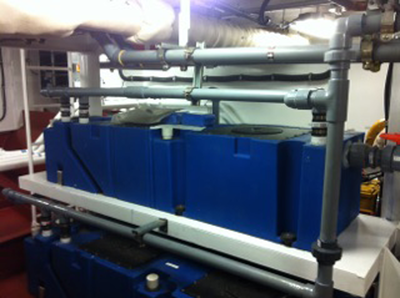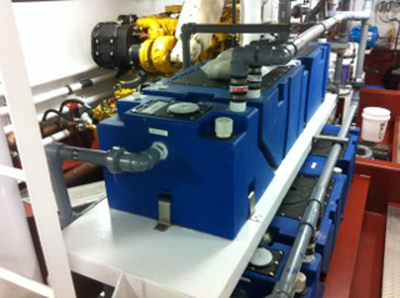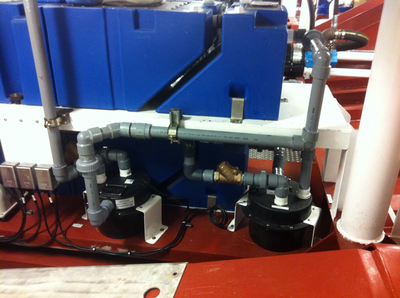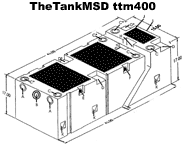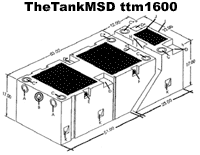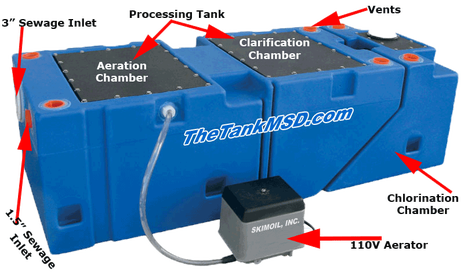Marine Sanitation Device
TheTankMSD–Type ll USCG Approved
Easy installation-Solid simple system, quality components
Virtually indestructible/will NEVER corrode!
In stock — available now!
Sizes for 4/12/16/32 persons
The poop plant — the real deal!
No frills — no BS!
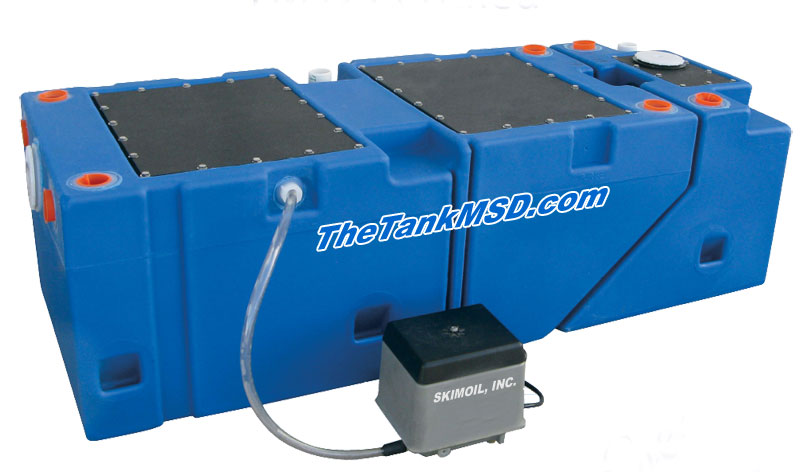
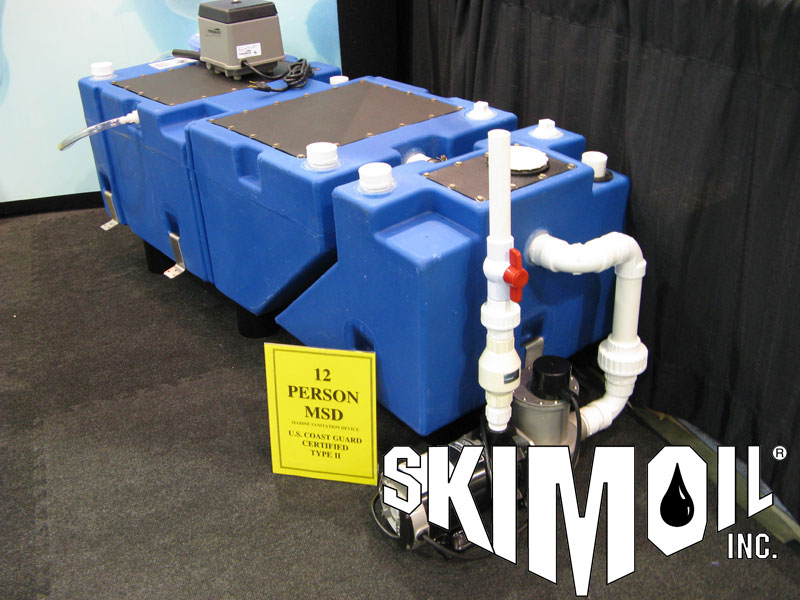
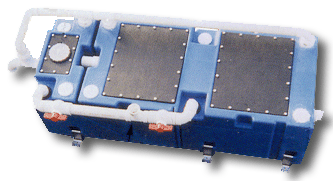
Treatment Principle
TheTankMSD Economy Type II Marine Sanitation Device is a biological aerobic (bacteria and air) marine sewage treatment system. Liquid and solid wastes are removed from the water by bacteria naturally contained in sewage.
TheTankMSD consists of three treatment stages; aeration, clarification, and disinfection. In the aeration chamber (stage 1), the bacteria grow and multiply using the sewage as their food supply. This action reduces the quantity and size of the solid matter. In the clarification chamber (stage 2), the bacterial floc is separated from the treated solid matter. The treated water is clear and free from solids, however, the liquid must be disinfected prior to discharge overboard to kill any disease-causing bacteria. Disinfection is accomplished in the clarification chamber (stage 3). Flow through these three stages is caused by direct displacement. When new sewage flows into the aeration chamber, an equal volume flows through the clarification chamber. This volume, in turn, displaces an equal volume from the clarification chamber into the disinfection chamber, and overboard. No internal sewage pumps are necessary.
EatsCRAP reduces odors and keeps you out of the crapper.
Marine Sanitation Device
AERATION
CLARIFICATION
DISINFECTION
DISCHARGE
Standard Marine Sanitation Device offers these benefits:
- Applicable for processing 56-110 gal/day or crew sizes 2+
- USCG/IMO certified Type II MSD and also meets EPA regulations.
- Offered in our standard configurations or (optional) can be special configuration to meet the customer’s specifications & space limitations.
- Low maintenance — No moving parts and few requirements for maintenance.
- Low power/utility consumption. 110V
- No odor.
- Option of tablet or drip chlorinator
- Reasonably priced.
- Operates with fresh or saltwater.
- No sludge is developed.


